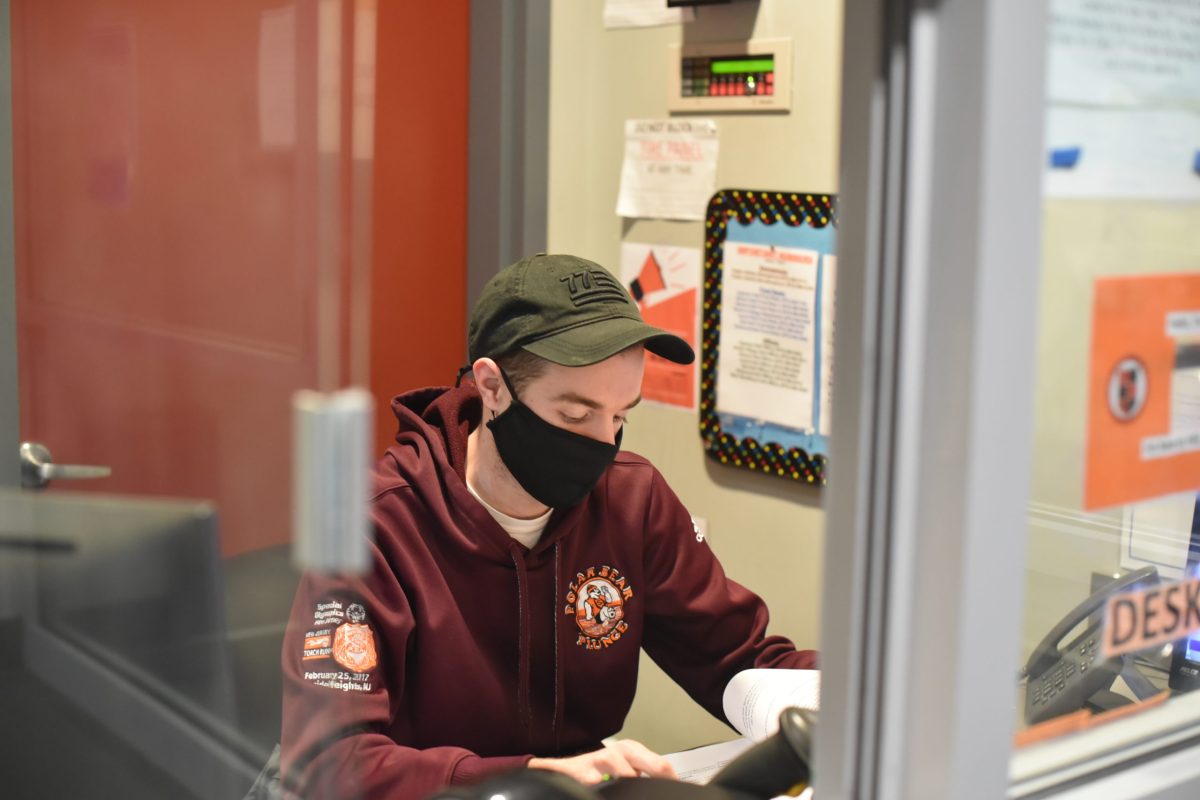At the New Jersey Institute of Technology in Newark, NJ, rising concerns over the safety of their water have students asking what is being done to help prevent lead poisoning from occurring at their school. These concerns are validated by the crisis occurring in Flint, Michigan, an issue that has been ongoing for the past five years. There have been severe cases of lead poisoning throughout the city, including birth defects, that only emphasize the devastation that lead can have over long periods of exposure. However, unlike Flint, NJIT has been proactively taking strides to prevent falling into the same situation. By taking quick action once high levels of lead were detected, the school campus has been able to maintain the safety of their drinking water below not only the US Environmental Protection Agency (EPA), but also below the action level standards of the NJ Department of Environmental Protection. The EPA sampling protocol used by NJIT requires 2-step sampling. Meaning a sample is drawn and then followed up by a flush sample. In reality, many fixtures at NJIT were tested numerous times. The fact that NJIT has not passed above the 15 parts per billion maximum in any of its water sources, indicates that the level of lead in the drinking water has not passed above safe limits, requiring immediate action. This success is due to two plans developed for the remediation of the drinking water located all around campus: The Initial Interim Control Plan and the Drinking Water Mitigation Plan. These two plans work in tandem with one another to help provide a safer experience at NJIT.
The Initial Interim Control Plan was the first course of action taken by the school. This plan entails taking several voluntary samples from every fixture providing the campus with a source of water and analyzing them to the fullest extent. Residence halls, dining facilities, and older buildings were the first to be sampled. Samples were collected in accordance to the importance and frequency of use of that water fixture. Afterwards, the water provided by the fixture is then declared either safe for consumption or is shut down due to it being a safety hazard. In further detail, this plan takes contains several important points that can already be seen in action affecting on-campus life. The first point involves placing warning posters in places where Lead prevalence in the water was high. This helps to inform students and faculty about the possible complications of drinking from that particular source of water. The second involves taking three analyzed samples and comparing them to one another. This point helps to see the quality of the water over time, which then helps NJIT officials be aware of possible dangers. Finally, the third point involves instituting a system for continuous sample collection. This means that water samples will be taken every few weeks. These three points allow the university to further progress in water safety.
Within the plan it also states that NJIT was to, “Institute a comprehensive system-wide drinking water monitoring and control program”. Thus indicating the introduction of the Drinking Water Mitigation Plan. This plan, in response to the Initial Interim Control Plan, continues the action of replacing decrepit piping & water fountains located on campus within buildings reported close to and or above the US EPA/NJ DEP Action Levels. In addition, while these drinking water distribution systems were in repair, this plan provided bottled water to the affected areas as an alternate source of hydration. In the final description, this plan outlined the implementation of water filters. These filters, which are located in all sources of drinking water, help to remove and filter out lead. These filtration machines are even up to ANSI/NSF Standard, indicating NJIT has only taken the best in regards to making sure students and faculty are safe. In fact as stated in Bulletin #4 on the EHS website, NJIT plans on using these filters temporarily while more permanent solutions such as replacements of problematic plumbing components is underway. Andrew Christ, the VP of Real Estate Development & capital Operations as well as Class of 94’ NJIT alumni who graduated with a BS in Civil Engineering and followed up with an MS in Civil Engineering in 01’ had the following to say: “NJIT takes the health and safety of our students, faculty, and staff seriously. We determined there was a problem, provided transparent communication, and worked quickly to mitigate the issues. Our Director of Environmental Health and Safety, Mitchell Gayer, and our Associate Vice President for Facilities Services, Ron Martucci, along with their staff, should be commended for the level of effort put toward the resolution of this issue. We will all continue to work diligently on behalf of the NJIT community and will communicate issues if they arise.” The course of action taken and how quickly NJIT was able to pursue them should be applauded. This school has provided the utmost assurance of safety for not only now, but has provided confidence that if a crisis arose again the safety of students and faculty would be considered the highest priority. Both the Initial Interim plan & the Drinking Water Mitigation Plan can be located at http://www5.njit.edu/environmentalsafety/drinking-water-testing/




































